The Importance of Packaging Quality Assurance in Product Safety
Baraka • November 21, 2024
The Importance of Packaging Quality Assurance in Product Safety
Introduction
In a world where competition is fierce and quality is key, packaging quality assurance has become a determining factor for product safety. But why is it so important? In this article, we will explore how a good quality assurance system not only protects products but also builds trust between consumers and brands.
What is Packaging Quality Assurance?
Definition and Objectives
Packaging quality assurance refers to the processes and procedures implemented to ensure that packaging meets the required standards before products reach the final consumer. This includes evaluating materials, processes, and testing to ensure that each product is adequately protected.
Difference Between Assurance and Quality Control
It’s important to distinguish between assurance and quality control. While control focuses on identifying defects in finished products, assurance seeks to prevent those defects from occurring from the start of the process, ensuring that every step is performed correctly.
Why Quality Assurance in Packaging is Crucial
Product Protection
Adequate quality in packaging protects products during transportation and storage, preventing damage that could compromise their integrity and safety.
Regulatory Compliance
Regulations regarding food safety and consumer protection are strict. Quality assurance helps companies comply with these regulations, avoiding penalties and product recalls.
Consumer Trust
When consumers know that a brand prioritizes quality and safety, they are more willing to trust it and make repeat purchases. Good packaging can be a decisive factor in choosing one product over another.
Key Components of Packaging Quality Assurance
Packaging Materials
Choosing the right materials is essential to ensure product safety. The materials must be suitable to protect against external factors such as moisture, light, and contamination.
Production Processes
The processes used to manufacture and assemble packaging must be rigorously controlled to maintain the necessary standards.
Inspections and Testing
Conducting regular inspections and testing of packaging helps identify potential issues before they reach the final consumer, reducing risks and costs in the long run.
Best Practices for Implementing a Quality Assurance Program
Staff Training
A well-trained team is essential for maintaining high-quality standards. Ongoing training ensures that everyone is aware of best practices and procedures.
Development of Effective Protocols
Establishing clear protocols for each stage of the process helps ensure that everyone follows the same guidelines, minimizing errors and variations.
Use of Advanced Technology
Implementing technologies such as automation and smart systems can significantly improve the efficiency and accuracy of quality assurance.
Common Challenges in Packaging Quality Assurance
Associated Costs
Implementing an effective program can involve significant costs, from training to acquiring suitable materials.
Variability in Materials
Variability in the quality of materials used can directly affect packaging effectiveness, making it crucial to establish strong relationships with reliable suppliers.

Success Stories in Quality Assurance
Case Study: Company A
A leading food company implemented a rigorous assurance system that significantly reduced returns due to packaging-related issues, improving its market reputation.
Case Study: Company B
A cosmetics brand utilized advanced technology to monitor packaging quality in real time, allowing them to detect issues before they affected their customers.
The Future of Packaging Quality Assurance
Emerging Trends
Sustainable packaging trends are expected to continue growing, driven by increasing environmental awareness among consumers.
Technological Innovations
Artificial intelligence and automation are beginning to play an important role in quality assurance, allowing for greater precision and efficiency.
Conclusion
Packaging quality assurance is not just a technical matter; it is a fundamental strategy for ensuring product safety and building trust with consumers. As companies continue to innovate and adapt to a changing market, investing in robust assurance systems will be key to their future success.
What materials are ideal for good packaging?
Ideal materials depend on the type of product but generally include recyclable plastics, sturdy cardboard, and biodegradable materials.
n. You can emphasize this text with bullets, italics or bold, and add links.
How does packaging quality affect consumer perception?
Well-designed packaging conveys professionalism and care from the manufacturer, which can increase consumer trust.
What regulations should be considered when designing packaging?
Regulations vary by industry but typically include standards regarding food safety, labeling, and consumer information.
What are some common examples of tests performed on packaging?
Examples include impact resistance tests, moisture resistance tests, and thermal tests to evaluate how packaging performs under different conditions.
Why is it important to train staff on quality assurance?
Training ensures that all employees understand their role in maintaining high standards, which reduces errors and improves overall process efficiency.



